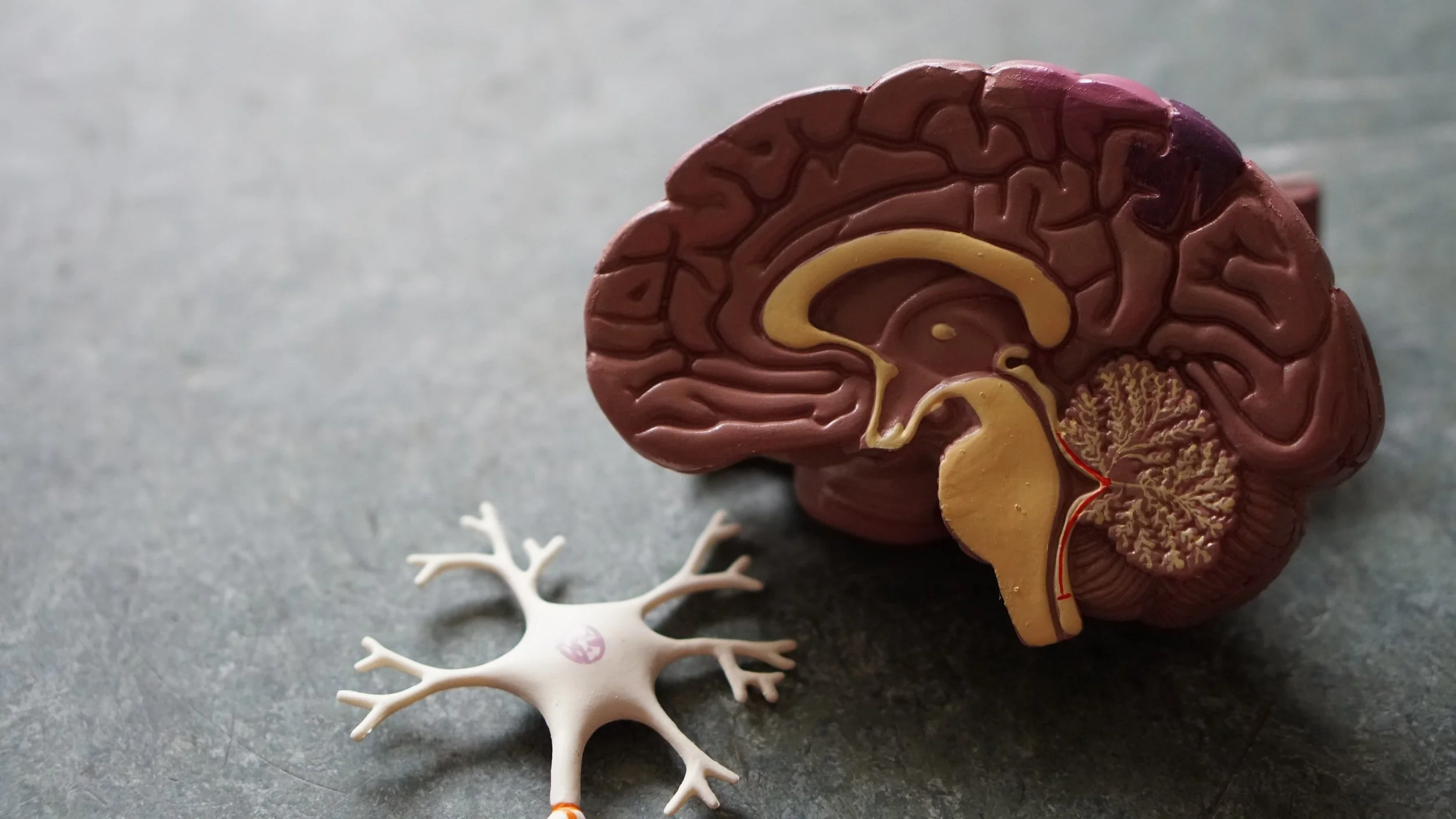Good morning everyone,
Hope we are all well and revision is going at a healthy and consistent pace.
The following blog will be aimed at the peripheral neurology examination. This examination has a nice structure consisting of: inspection, tone, power, co-ordination, reflexes, sensation and completing the exam.
The following is not a comprehensive list (which can be found anywhere on internet) but more of a ‘dos’ and ‘don'ts’.
Intro:
Nothing different or exciting here, introduce yourself, check patient ID and a simple/quick explanation of what the examination includes i.e.
“I will be doing an examination of the nerves in your arms today. This will include looking, doing some movements and then checking sensation, will that be OK?” (or words to that effect).
Keep it simple and be clear, avoid medical jargon.
General inspection:
Just like a driving test, explain what you are looking for as you look. Physically look at the area that you state you are looking at, i.e. actually look at the back of the patients arms, don’t just say it.
Look for : muscle wasting, fasciculation, abnormal movements etc.
Tone:
Before checking tone, always ask the patient if they are in any pain. Tone involves lifting the arm (or leg) and moving it around in different directions, so the last thing you want to do is cause pain without checking.
For tone, you are assessing for increased/decreased tone and also cog-wheeling (increased tone + tremor).
As with all of these exams, get used to ‘normal’ by examining different people, i.e. family members, patients (anyone!). Only then can you truly appreciate ‘normal’.
Power:
When assessing for power, it is best to show the patient the movement you would like them to do, rather than try to explain it (which takes far longer and is confusing for the patient). Allow the the patient to do the movement actively before you check against resistance. Also, practise the instructions you are giving the patient - there is an issue with practising with other medics (who act as the patient) in that we tend to know the examination so do not truly listen to the instructions. Avoid this - get the ‘doctor/medical student’ to actually explain the examination.
Co-ordination:
Another example of practising the instructions in lay terms - Do not let your colleague make it easy for you!
Tendon reflexes
This needs good wrist action, and a good tap of the tendons. Be familiar with which tendon is checking which nerve root and associated nerve it is testing.
If you cannot elicit a deep tendon reflex, use ‘reinforcement’ (i.e. get the patient to either clasps their hands or grit their teeth).
Sensation:
Know your dermatomes - memorise them! It is important you check the correct areas,
For each of the modalities - light touch, pain etc - remember to compare the sides to each other.
For vibration - check the most distal joint and move up only if there is reduced sensation of vibration. This is the same for proprioception - move proximally.
Remember to ask the patient to close their eyes whilst doing these tests.
Completing the examination
This will vary depending on your medical school/curriculum i.e. PLAB/CSA, but has the common theme of: thanking the patient, asking them to get dressed, that you will now summarise the findings to the examiner., and do further examinations (i.e. upper limb near exam, cranial nerves)
When summarising the findings to the examiner, do not repeat the whole examination. You just want to give a line for each component (which should be in order of the examination). Then end with “in summary this was a normal lower limb examination” or “ this was an abnormal examination”.
I hope you found this information useful and it has got you thinking about neurology examinations in a more logical manner.
Enjoy and keep working hard
Lx

